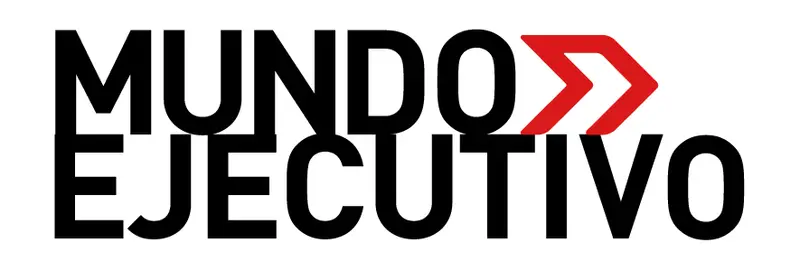Introduction to New Overdraft Fee Regulations
The Biden administration has taken a significant step towards eliminating hefty overdraft fees that have burdened countless consumers. The new regulation by the Consumer Financial Protection Bureau (CFPB), finalized recently, aims to bring relief by capping these fees and providing consumers with alternatives that are not only more affordable but also fairer. As banking habits change and the landscape of financial services continues to evolve, these new measures could profoundly impact millions of Americans who struggle with maintaining a positive balance in their accounts.
The Details of the New Regulation
Under this rule, banks and credit unions will now have three options regarding overdraft fees: they can either charge a nominal fee of $5 per overdraft, set fees based on actual service costs, or calculate a profit-driven fee but only if they provide clear disclosure of terms and interest rates. This shift comes as a response to growing consumer advocacy against what many see as predatory and excessive charges imposed by financial institutions.
Industry Opposition and Concerns
Despite the anticipated benefits of this regulation, the banking industry has voiced strong opposition. Major banking association groups have filed lawsuits against the CFPB, arguing that these changes would lead to fewer banks willing to offer overdraft protections, thereby harming consumers who rely on these services in emergencies. Bankers assert that capping fees disrupts the natural functioning of service pricing and could ultimately limit their capability to serve customers who occasionally need overdraft assistance.
Projected Savings for Consumers
The CFPB has estimated that the new regulations could save consumers up to $5 billion a year, with everyday consumers benefiting most significantly. On average, households that incur overdraft penalties will see a reduction of approximately $225 annually, which could make a substantial difference for families living paycheck to paycheck. Consumer advocates are celebrating these developments as a long-awaited victory for financial justice.
Ongoing Support and Consumer Education
Even with these new options available, consumers must remain vigilant. It is crucial for bank customers to understand the implications of these changes and actively engage with their financial institutions. Those who frequently incur overdraft fees should reach out to their banks to inquire about how these rules might affect their accounts and explore their options moving forward.
Conclusion
The new CFPB rule represents a promising shift in how overdraft protections are administered, enhancing transparency and affordability. As with any significant policy change, the full implications will unfold over time, influenced by legal challenges and industry responses. Keeping informed will empower consumers to navigate their financial options effectively in a changing landscape.

